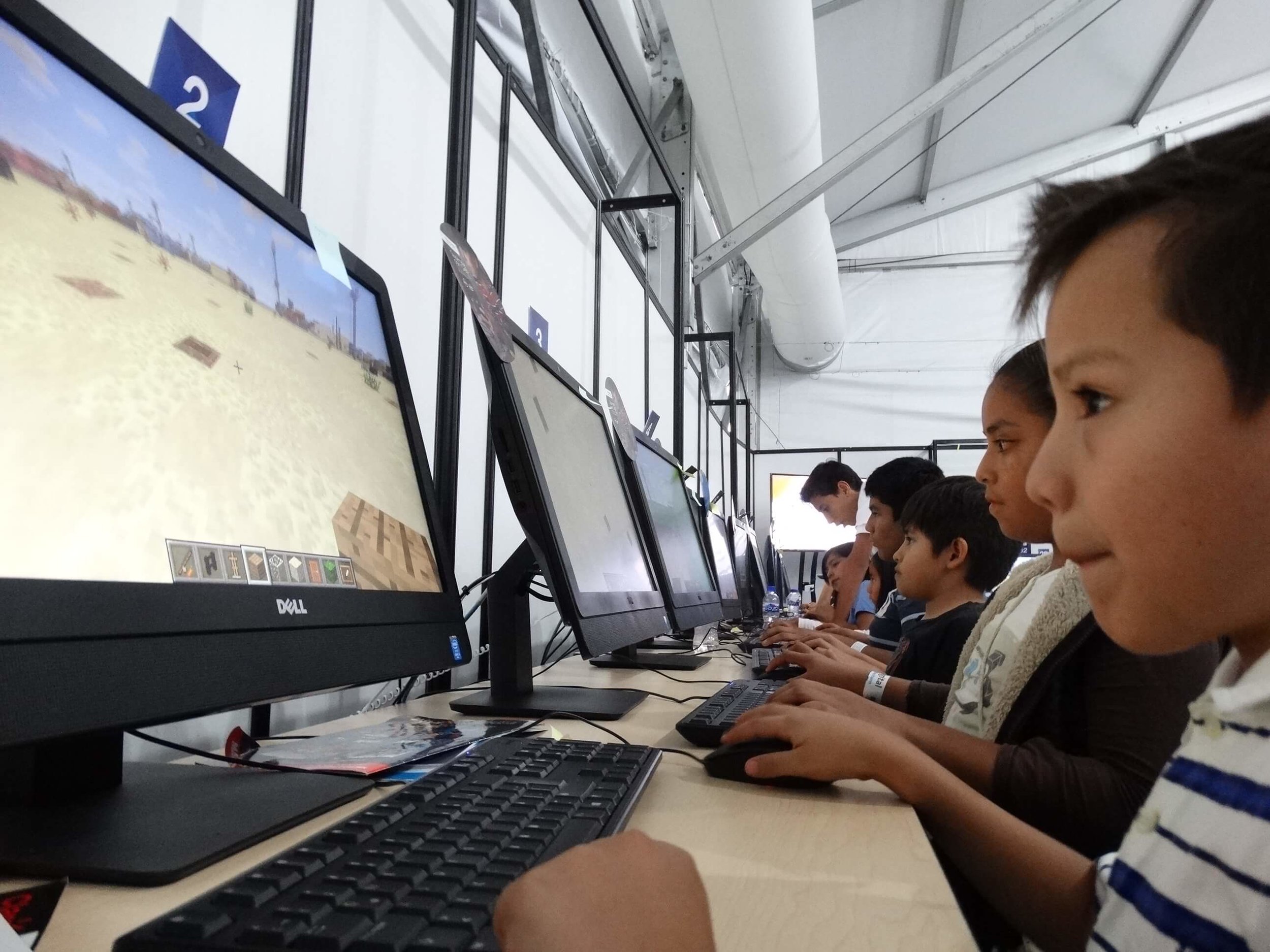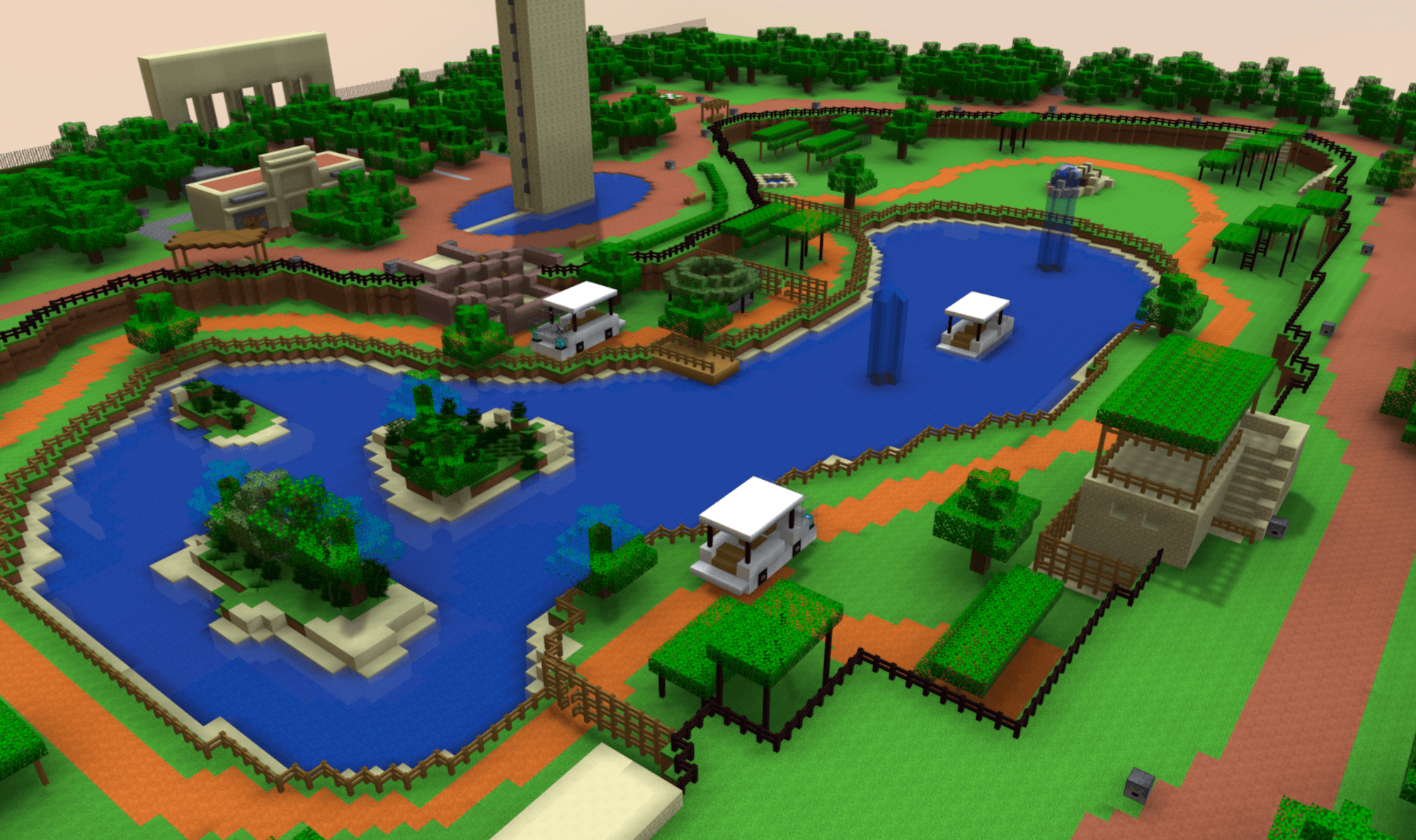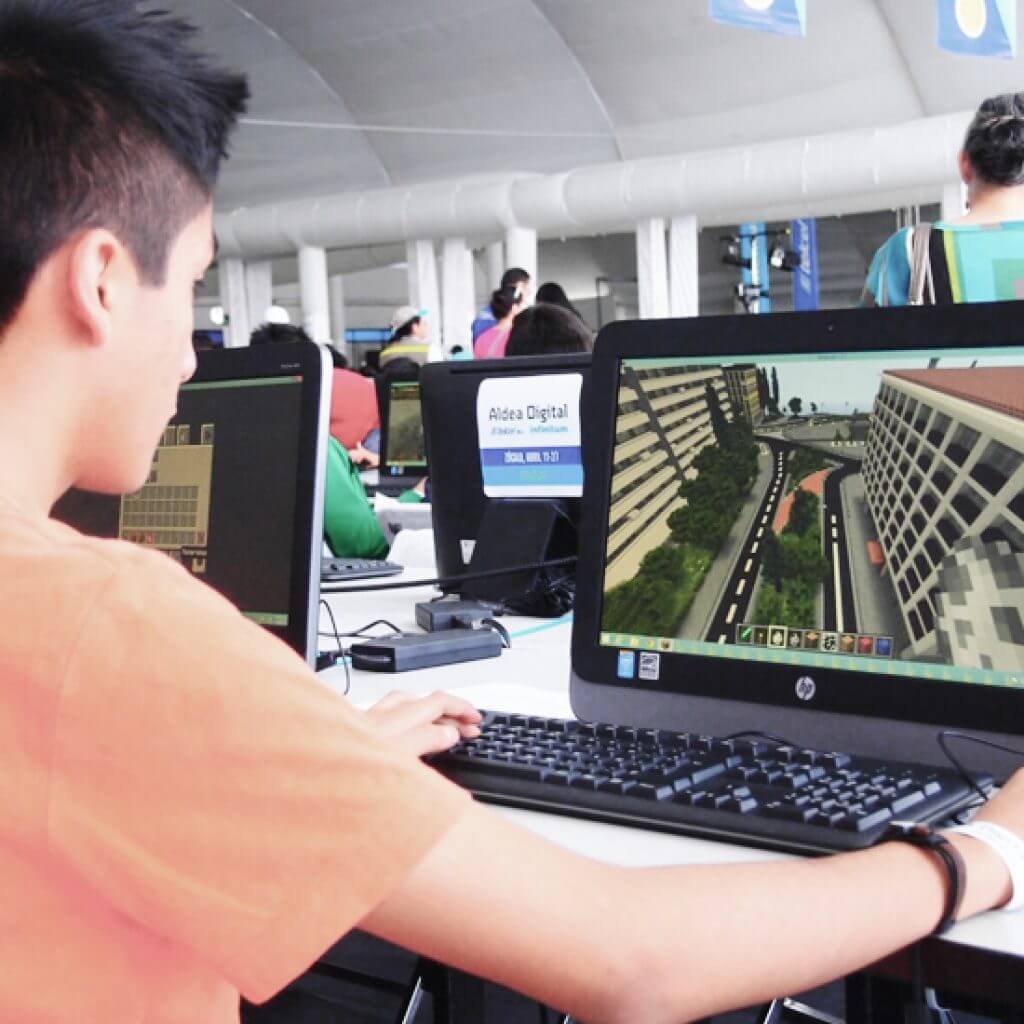Crowdsourcing Public Space Ideas in Mexico
Crowdsourcing Public Space Ideas in Mexico
A design competition to reimagine Mexico City's Plaza Tlaxcoaque attracts 7,000 kids, revealing the power of Minecraft for critical thinking and urban design.
Crowdsourcing Public Space Ideas in Mexico
Mexico City, Mérida, Saltillo, and Mexicali, Mexico
Project types: Public square, Design competition
Collaborators: UN-Habitat, Aldea Digital, Minecraft MX, Digital Civix, Telmex, Laboratorio Para la Ciudad, FyreUK, Fundación Hogares
Region: North America
Tags: competition and crowdsourcing, children and youth, cultural heritage, public safety and security, multigenerational use
Background
In April 2014, Minecraft was used to crowdsource thousands of public space ideas at Aldea Digital, the world’s largest digital inclusion festival in Mexico City. In partnership with Telmex and Laboratorio Para la Ciudad, UN-Habitat designed a competition asking youth to redesign Plaza Tlaxcoaque, a square in the historic center of Mexico City. Participants were asked to take three themes into consideration: safety and security, sociability, and playfulness and games for kids.
Crowdsourcing Public Space Ideas, Block by Block
With the support of student volunteers and gamers from Minecraft Mexico, the largest Minecraft community in Latin America, the competition ran for a period of two weeks. Each participant was given a “plot” that represented the public square in Minecraft and three hours to complete the challenge. The result was overwhelming—7,429 young people took part, 1,438 ideas were submitted, and 431 projects were completed. The experience highlighted the power of Minecraft as a visualization tool to promote critical thinking and encourage interest in urban design. The young people visualized a wide range of urban design features, including outdoor museums, libraries, amusements, gardens, and footbridges. The winning entry, submitted by 12-year-old Samantha Monroy Sanchez, included a petting zoo, roller-coasters, urban gardening, a medical center, fountains, and outdoor games.
“This is not just a game. This is something bigger.”
Progress
The ideas from the design competition were presented to the Mexico City Laboratorio Para la Ciudad—the City Lab—as inspiration for future public space improvements in the city.
In 2015, following the success of the Plaza Tlaxcoaque competition, Block by Block extended the competition to two other cities: Mérida and Saltillo. In 2016, the program expanded further, launching Construye tu Ciudad—“construct your city” in Spanish—at 15 locations throughout the country. More than 6,000 youth used Minecraft to redesign Parque “Valle de Puebla,” a public space in a derelict housing development owned by INFONAVIT (the National Housing Trust of Mexico) in Mexicali, at the border of Mexico and the United States. Out of 999 designs, 217 were broadcast through social media for a popular vote, which, together with an evaluation by a technical jury, resulted in a winner from two categories: children, 8 to 12 years old, and teenagers, 13 to 17 years old. Fundación Hogares is sponsoring the construction of the winning ideas at Parque “Valle de Puebla.” Block by Block continues to work to realize the projects and to engage neighbors with a team of urban design professionals in charge of bidding and construction documents.
“If they have any computer skills, the kids are up and running in 10 minutes. It’s so easy and quick to pick up compared to conventional planning tools,”






